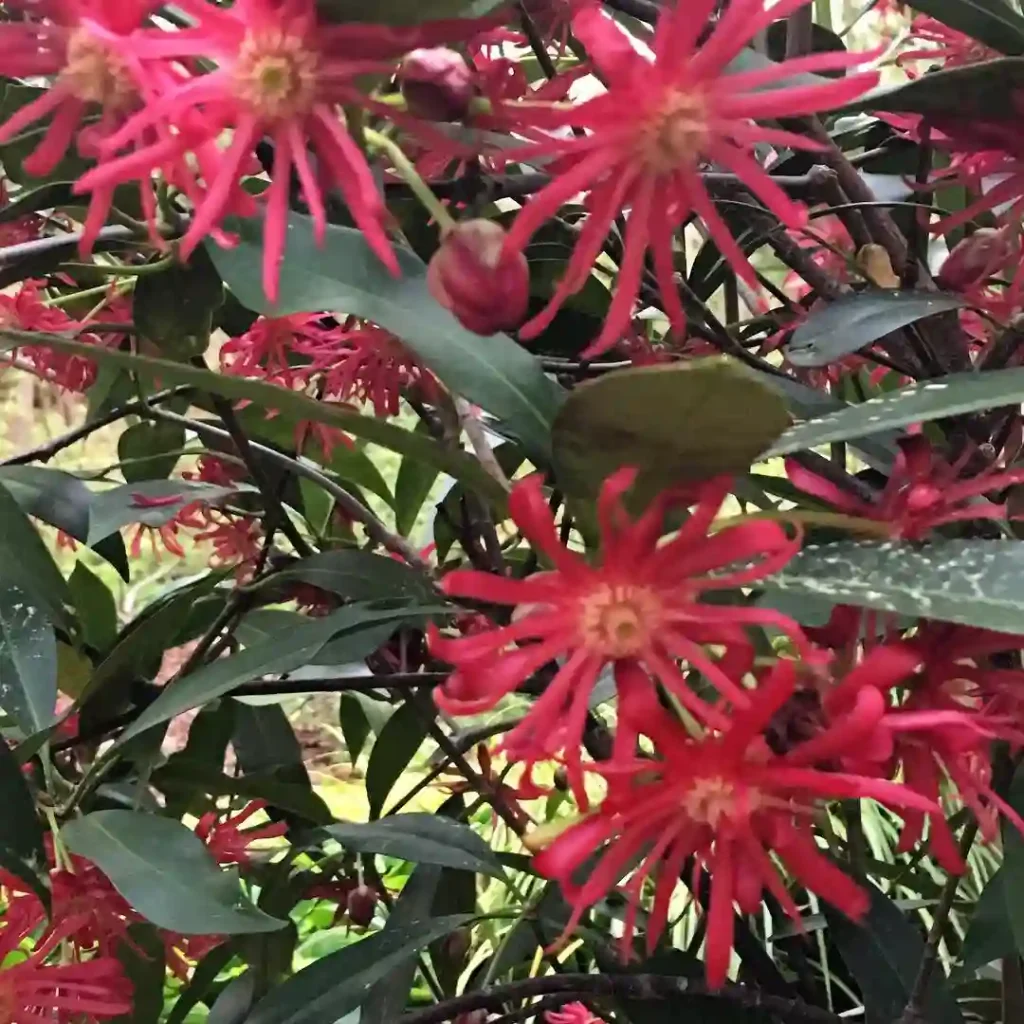Phragmites: A Reed by Any Other Name
My name is Ferb Vu, and I’ve always been fascinated by the natural world, especially the resilient plants that thrive in even the harshest environments. One genus that truly captures my attention is Phragmites, a group of perennial reed grasses found across the globe belong to the Poaceae family. You might know them by their more common name – reeds. These sturdy plants are a testament to nature’s adaptability, growing in wetlands from the tropics to the temperate zones.
A Closer Look at Phragmites
What distinguishes Phragmites from other grasses? It’s their remarkable ability to thrive in wet conditions, often forming dense stands in marshes, fens, and along the edges of lakes and streams. These stands, while providing vital habitat for some wildlife, can also become quite invasive, outcompeting native species.
Phragmites are tall grasses, some reaching heights of over 16 feet. They have long, broad leaves and feathery flower heads that sway gracefully in the wind. Their sturdy stalks, or culms, are hollow and rigid, allowing them to withstand strong winds and wave action. These culms have been used for centuries by various cultures for thatching roofs, making mats, and even crafting musical instruments.
Species within the Genus
While the common reed, Phragmites australis, is the most widespread, the genus actually comprises four distinct species:
- Phragmites australis: This is the most common species, found on every continent except Antarctica. It is highly adaptable and can tolerate a wide range of conditions, from freshwater to brackish marshes.
- Phragmites japonicus: As the name suggests, this species is native to Japan, but it can also be found in parts of China and Korea. It is similar in appearance to P. australis but has some distinct genetic differences.
- Phragmites karka: This species is found in tropical and subtropical regions of Asia, Africa, and Australia. It is known for its robust growth and can reach heights of over 20 feet.
- Phragmites mauritianus: This species is native to Africa and Madagascar. It is less common than the other species and is typically found in more localized areas.
The Dual Nature of Phragmites
While Phragmites play an essential role in wetland ecosystems, providing habitat and food for various species, they can also pose a significant threat to biodiversity. The common reed, P. australis, is particularly notorious for its invasive tendencies.
In North America, an introduced lineage of P. australis has become highly invasive, spreading rapidly and displacing native plant species. This has a cascading effect on the entire ecosystem, affecting wildlife that depend on those native plants.
The invasive nature of P. australis stems from its ability to reproduce both sexually and asexually. It produces a large number of seeds that can be dispersed by wind and water, and it also spreads through its extensive rhizome system, forming dense monocultures that choke out other plants.
Management and Control
Controlling the spread of invasive Phragmites is a significant challenge. Various methods are used, including herbicides, prescribed burning, and mechanical removal. However, these methods can be costly and labor-intensive, and they often have limited success.
Researchers are exploring alternative methods for controlling Phragmites, such as biological control using insects or fungi that are natural enemies of the plant. However, introducing new species always carries the risk of unintended consequences, so careful research and testing are crucial.
The Future of Phragmites
Despite its invasive potential, Phragmites remains an important part of many wetland ecosystems. It provides valuable ecosystem services, such as filtering pollutants and stabilizing shorelines.
The key to managing Phragmites lies in finding a balance between its ecological benefits and its potential negative impacts. This requires a multifaceted approach that includes prevention, early detection, and rapid response to new infestations, as well as ongoing management of existing stands.
As someone deeply interested in the natural world, I believe it is crucial to understand the complex dynamics of Phragmites and to work towards sustainable solutions that protect biodiversity while preserving the valuable services that these plants provide. The future of our wetlands may depend on it.
If i die, water my plants!



